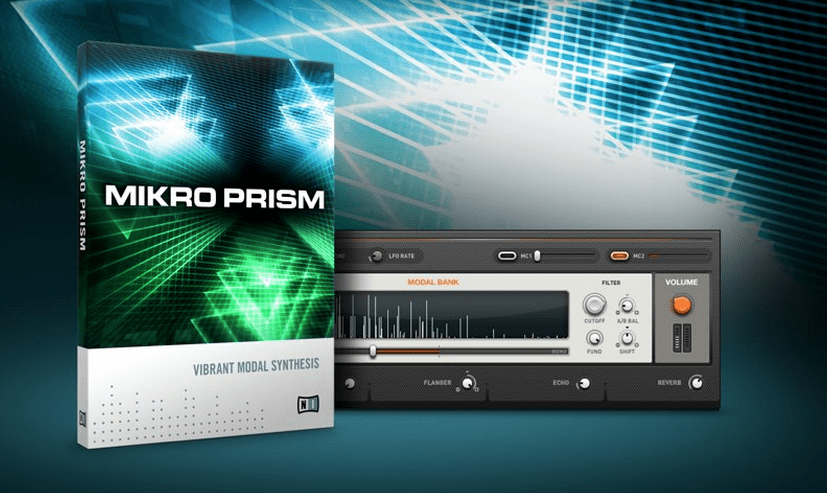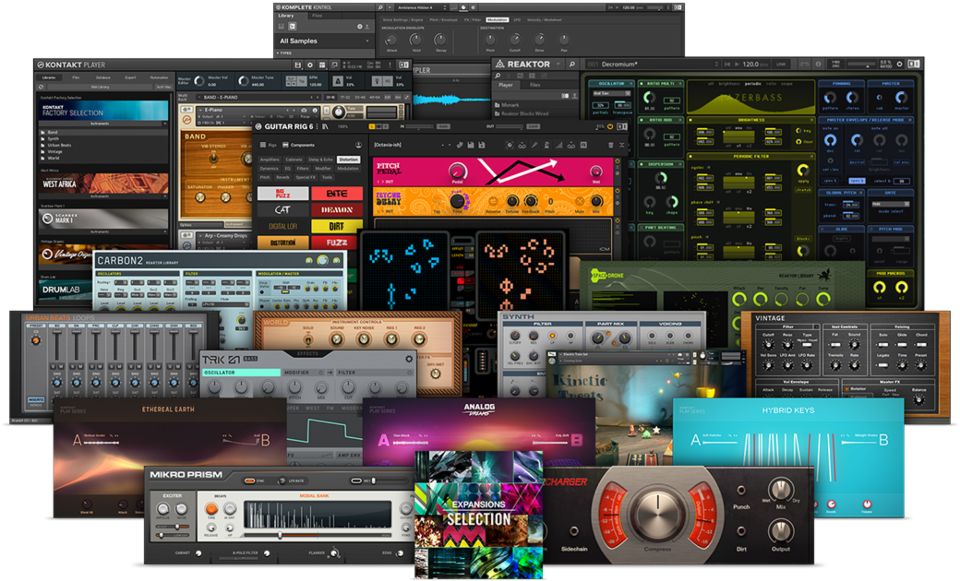

So if you'd like to control the notes with your MIDI keyboard (obviously), whilst also using dials on a separate box, now you can!ĭrum pad controllers (like Akai MPCs controllers, and so on) can usually be set to send MIDI Note or MIDI CC data from their pads. The 'Midi Learn' function will detect controller inputs from any of your enabled devices, for which you can them save templates. If you have multiple controllers, and you'd like to control Massive using more than just one, you only have to enable the devices in your DAW first (or in standalone mode, enable them in File > Audio and Midi Settings > MIDI). Massive can take MIDI input from multiple controllers simultaneously. Now, you can load up and swap between whole MIDI templates easily! Multiple controllers Click 'New', name the template after your controller, and click 'Save'. Do this by going to File > Options, and selecting the 'Midi' tab. Once you've set up all of the controls, you can save the template of MIDI CC assignments in Massive. Now, when you turn up Macro 1, you can adjust the blend between oscillators 1 and 2: pretty neat, huh'Īll that's left to do now is to assign the Macro to one of the controls on your MIDI controller - right-click the Macro dial, and choose 'Midi Learn'.Īll of our Massive preset packs come with all 8 macros assigned for every single preset, so if your MIDI controller has 8 dials on it, you've basically just discovered yourself a physical, live sound sculpting tool! Saving your settings & using multiple controllers So, for instance, we could assign Macro 1 to Osc 1's Amp dial with a positive range, and the same Macro to Osc 2's Amp dial, but with a negative range. This means that you can turn up the Macro, which turns up one of Massive's parameters, whilst also turning down another, simultaneously. What's great about the Macros is that, because you can set the range yourself, you can set whether turning the Macro control up increases the value of the parameter you're adjusting, or decreases it (by dragging the automation slot in the other direction). The same Macro control can be dragged to multiple parameters which you'd like to control together. Set the range of the control by dragging on the yellow Macro number which appeared below the dial. To assign them, drag the routing (crosshair) symbol of your chosen Macro into the automation slot beneath the controls in Massive which you want to use. These are the 8 dials in the bottom right of Massive's 'Synth' view, and along the top of the 'Attributes' and 'Browser' views. Well, in these cases, you can assign the parameters to a Macro. It's quite likely that you'll find some parameters in Massive that you'd like to control en masse, from one dial or slider on your MIDI controller. Remember, you may be able to access more controller numbers by using your controller's preset system, or grouping functions - in which case you can hit a switch on the controller and have your dials and sliders control alternative parameters within Massive. You can see that controller number 1, for example, is usually the modulation wheel, and that many of the available CC numbers are unassigned by convention.īuild up the template for your controller by choosing controls in Massive, right-clicking and selecting 'Midi Learn' until you have no more controllers left.

If you'd like to see what particular MIDI CC numbers are generally used for, go to Massive's 'Attributes' or 'Browser' views, and click in one of the text fields beneath the Macro control dials. Massive will detect the MIDI CC number of that particular control, and link it automatically to the control within Massive. Now, move the dial or slider on your MIDI controller which you'd like to use. Jut right-click on a dial or slider which you'd like to control, and select 'Midi Learn'. Assigning MIDI controllersĪssigning controllers in Massive is a breeze. Switch on the MIDI input which your controller is plugged into.

For standalone users, first go to File > Audio and MIDI Settings, then click on the 'MIDI' tab. If you're using Massive inside a DAW, you just need to monitor or record-enable the track which Massive is on.
#How to browse massive native instruments for more addins how to#
Following on from our previous tutorial, we'll be taking a look at how to set up Massive so that it works with your MIDI controller, and how to make custom MIDI templates for a range of different types of controller.


 0 kommentar(er)
0 kommentar(er)
